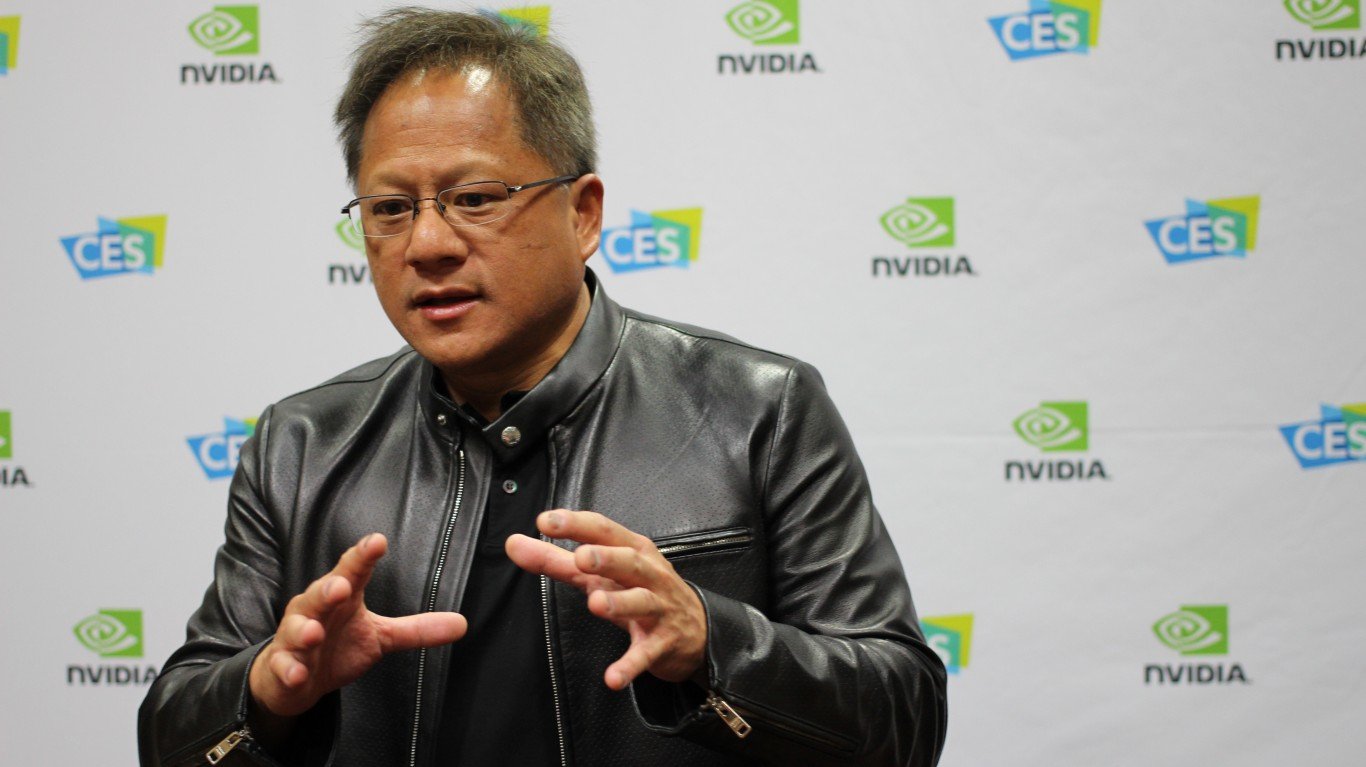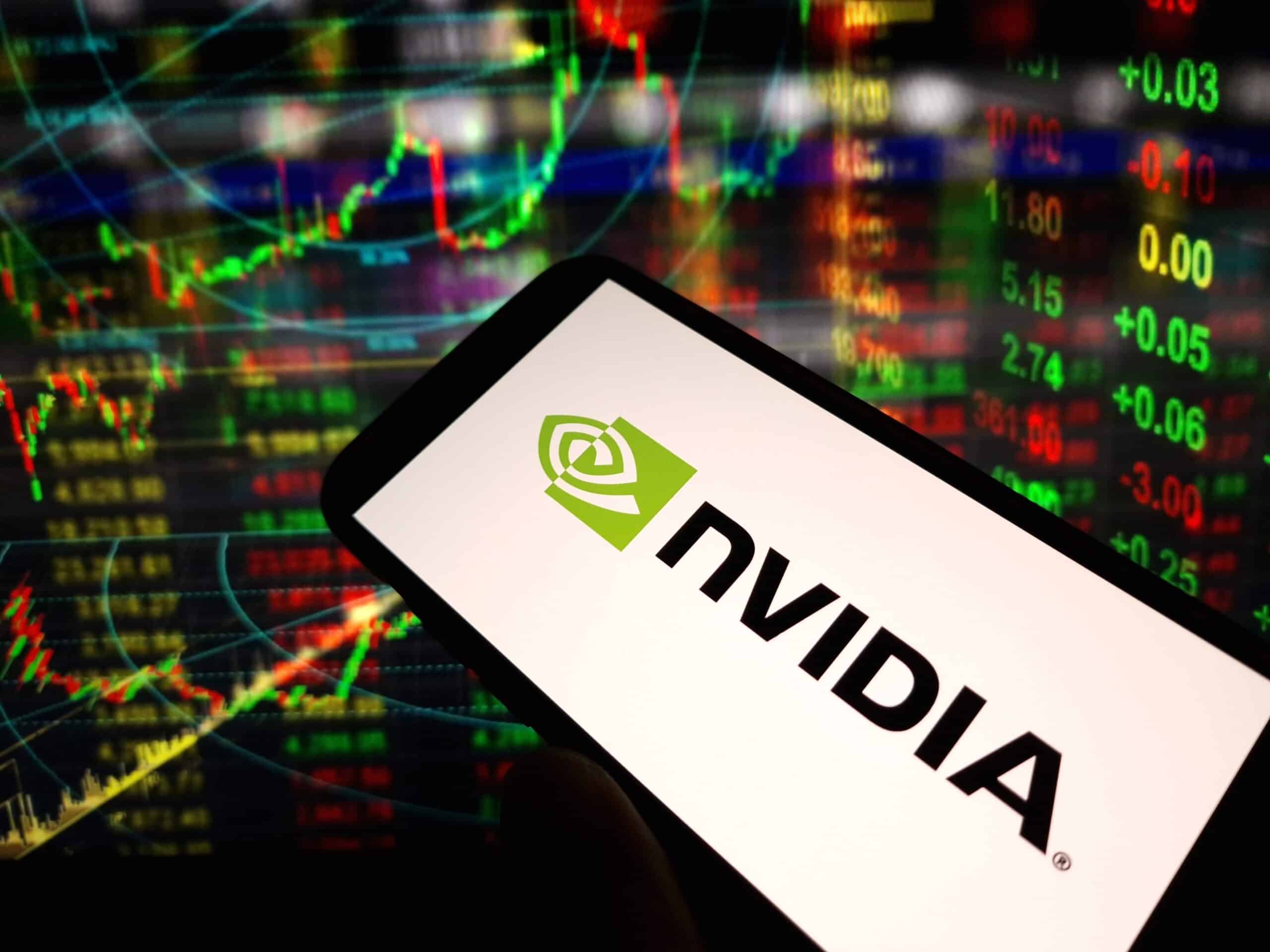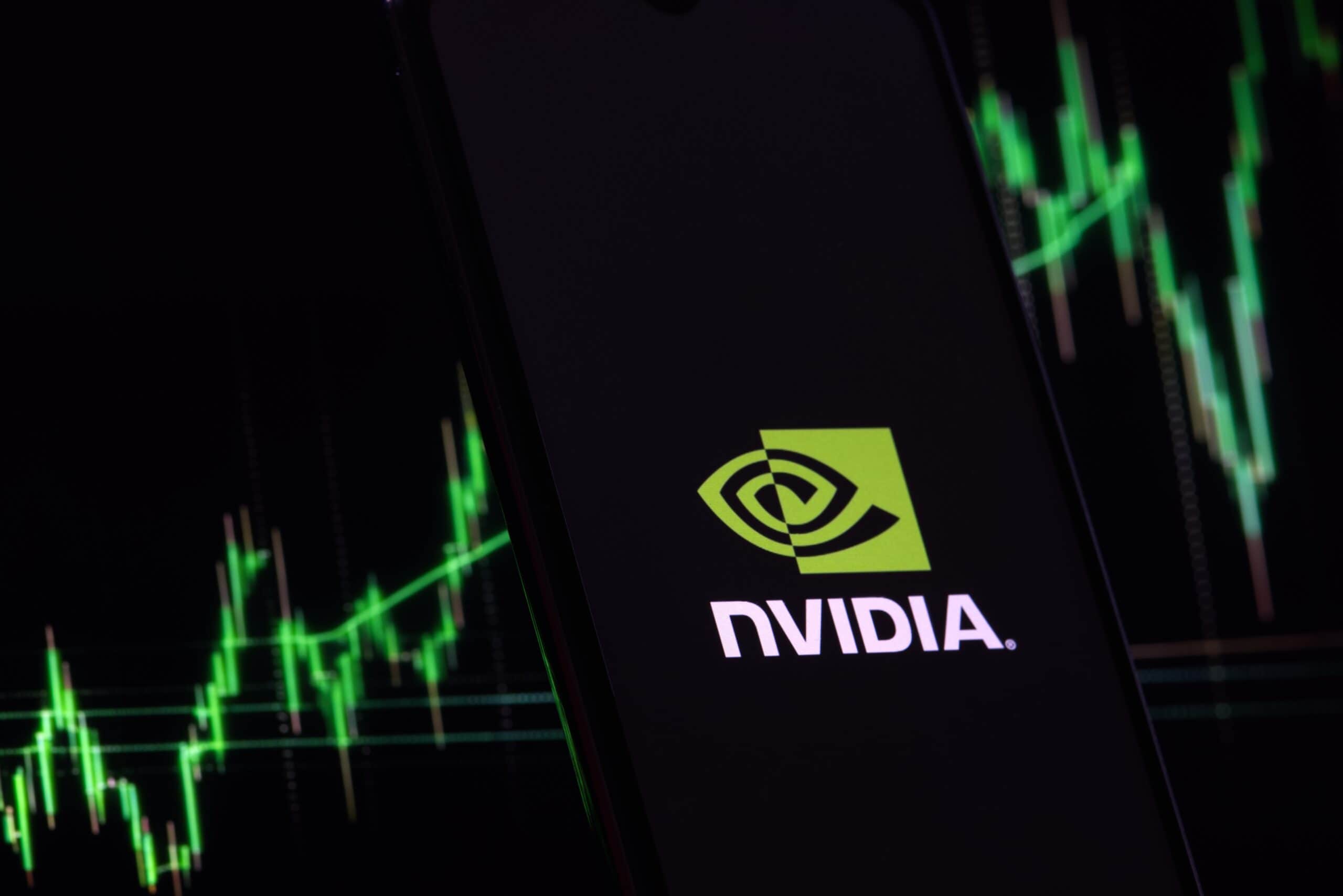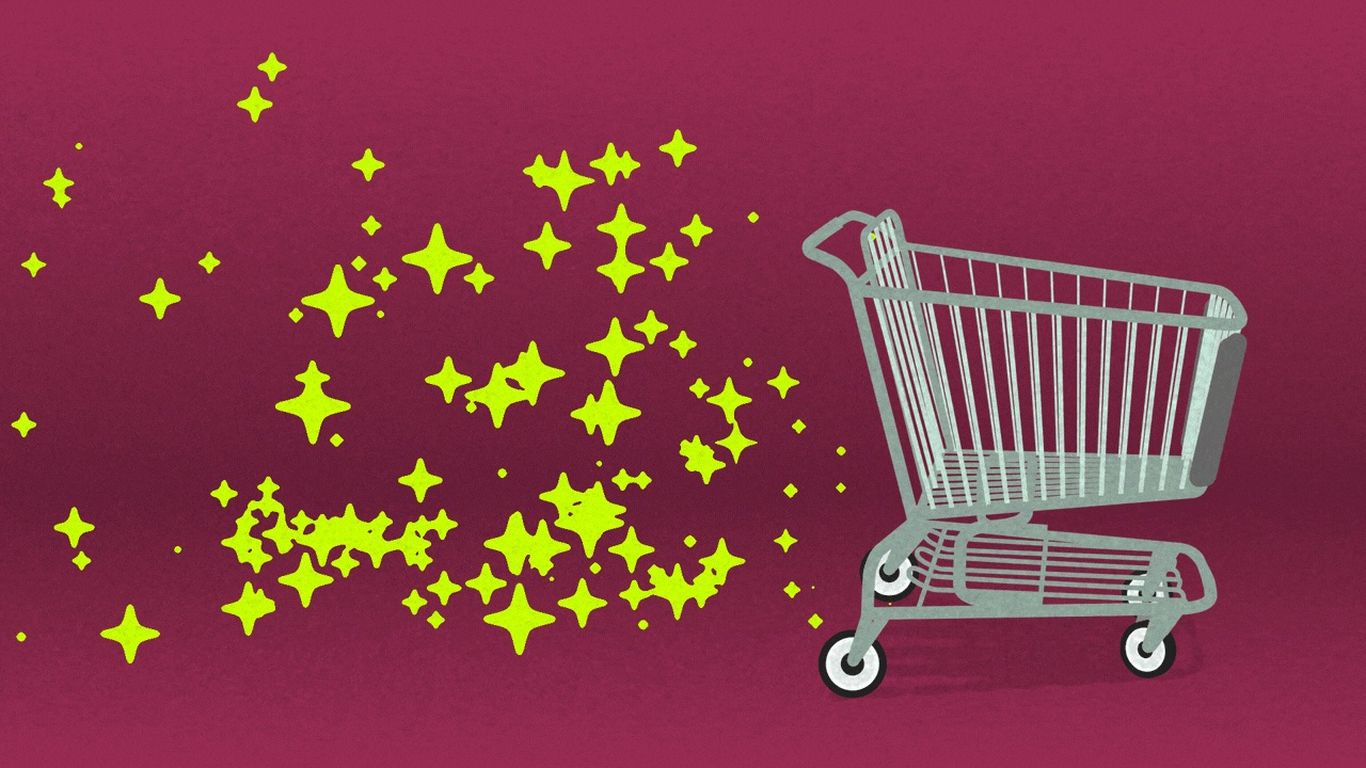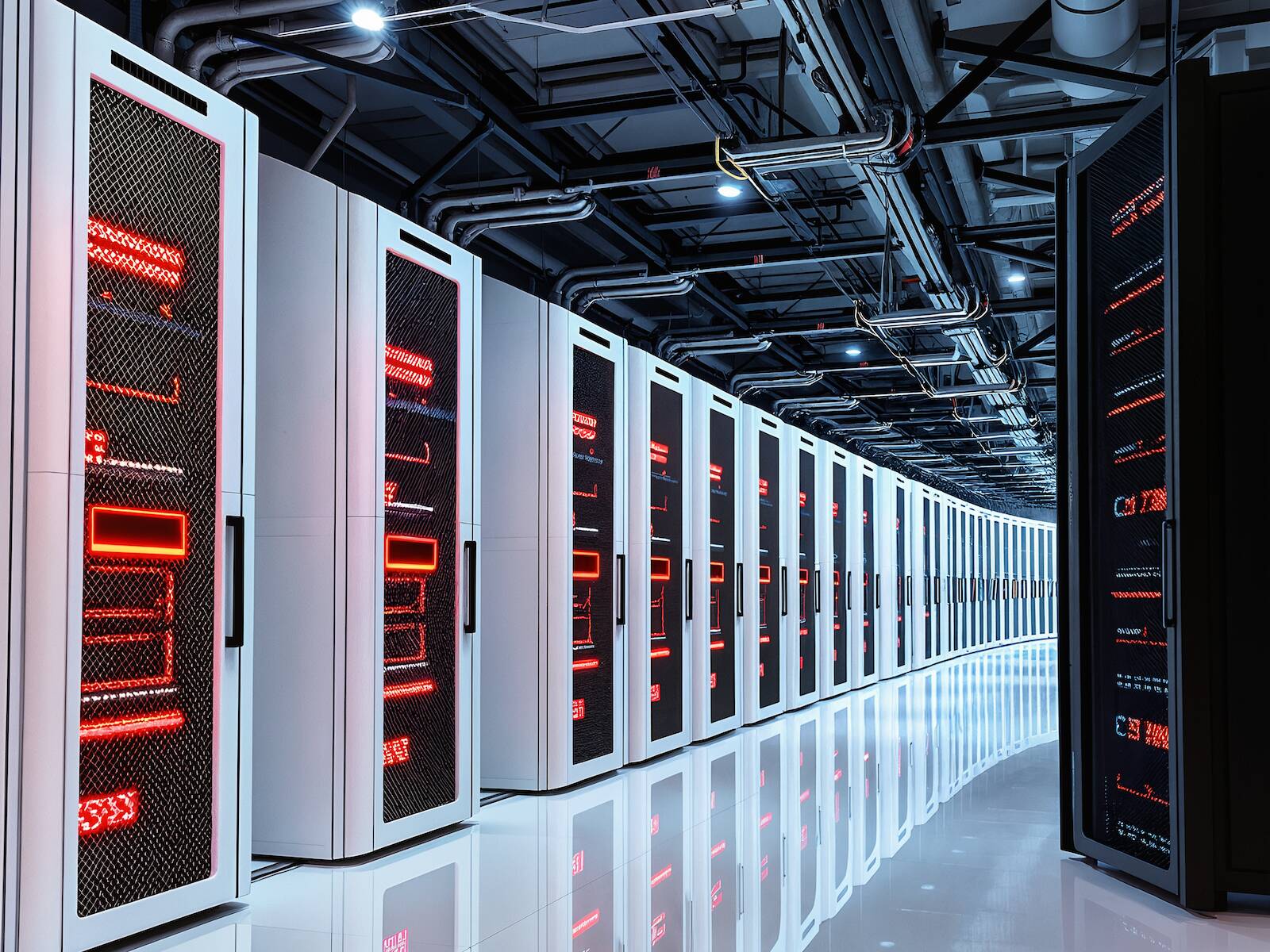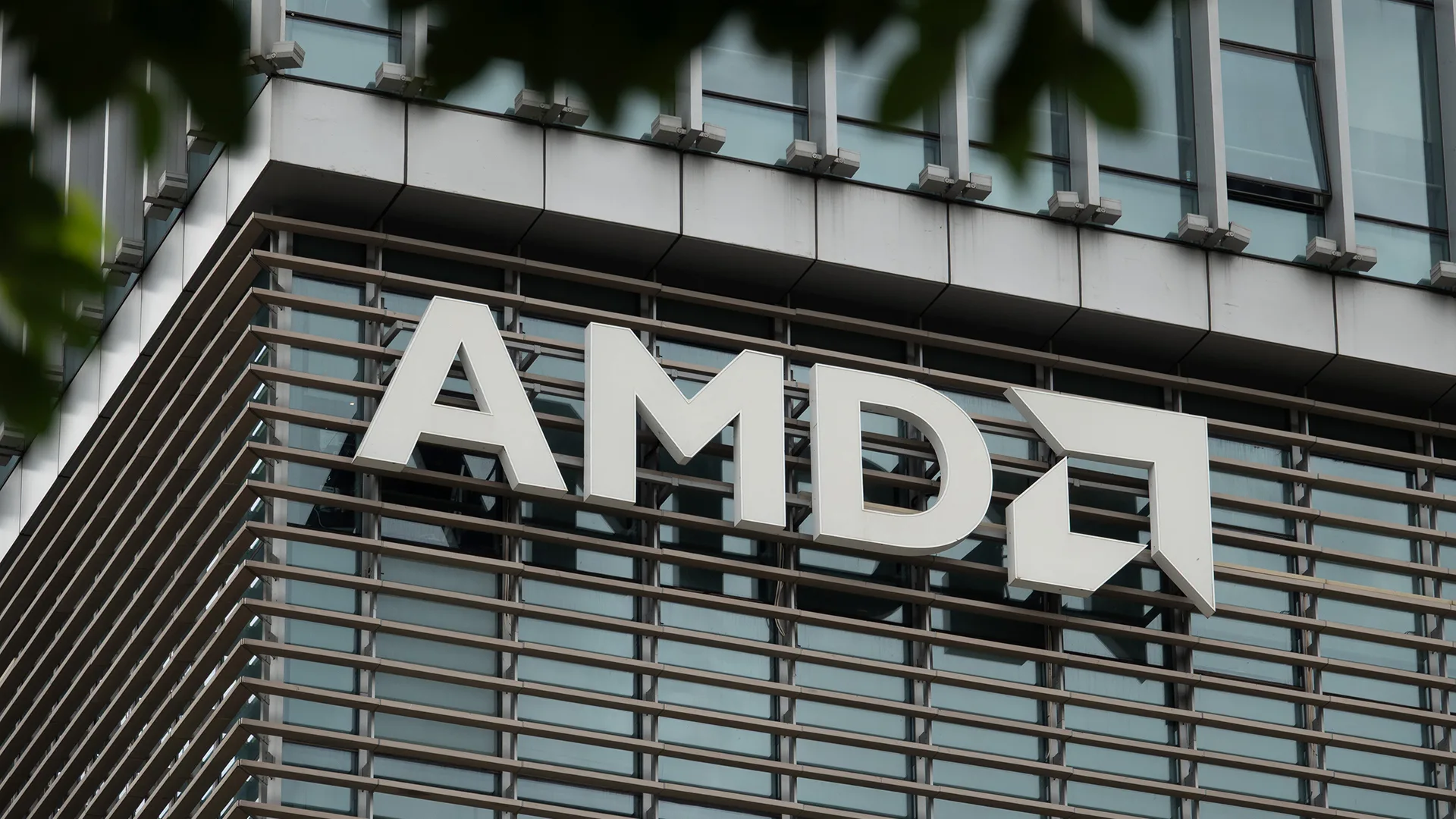#gpus
#gpus
[ follow ]
#nvidia #data-centers #ai-infrastructure #ai #amd #openai #artificial-intelligence #ai-chips #ai-hardware #technology
from24/7 Wall St.
2 weeks agoThis Chinese GPU IPO Just Soared 425%. Has NVIDIA Met its Match?
For now, it's tough for U.S. investors to get a piece of Moore Threads, a firm that many may never have heard of prior to its multi-bagger IPO session last week. The company, which, like Nvidia, makes GPUs (Graphics Processing Units) to power the AI boom, might be worth keeping tabs on, especially if you have a lot of skin in the AI race with the U.S. AI innovators and hyperscalers.
Artificial intelligence
Artificial intelligence
fromTechzine Global
3 weeks agoNebius expands AI through billion-dollar deals with Microsoft and Meta
Nebius secured multibillion-dollar GPU and data-center deals with Microsoft and Meta, rapidly emerging as Europe’s largest neocloud provider and expanding GPU-based AI services.
Tech industry
fromFuturism
1 month agoTop Economist Warns That AI Data Center Investments Are "Digital Lettuce" That's Already Starting to Wilt
Heavy GPU-driven AI investments risk losses due to rapid hardware degradation, technological obsolescence, and optimistic depreciation assumptions inflating company valuations.
from24/7 Wall St.
1 month agoIs Nvidia or Broadcom the Better Pick for a $75,000 Retirement Investment?
Artificial intelligence has powered much of the stock market's growth since late 2022. When ChatGPT launched that November, it proved how useful generative AI could be, and investor excitement exploded. Since then, the six largest tech companies have collectively gained more than $8 trillion in market value. Two of the biggest beneficiaries have been Nvidia (NASDAQ: NVDA) and Broadcom (NASDAQ: AVGO), whose market caps have soared 681% and 378% over that period.
Artificial intelligence
fromBusiness Insider
1 month agoThis big AI bubble argument is wrong
The big worry centers on GPUs, the chips needed to train and run AI models. As new GPUs come out, older ones get less valuable, through obsolescence and wear and tear. Cloud companies must use depreciation to reduce the value of these assets over a period that reflects reality. The faster the depreciation, the bigger the hit to earnings. Investors have begun to worry that GPUs only have useful lives of one or two years,
Artificial intelligence
fromBusiness Insider
1 month agoMark Zuckerberg says researchers at his philanthropy don't want more lab space or head count: 'They just want GPUs'
"We are not expanding a lot of square footage, per se, but we're expanding our compute," Chan said on an episode of " The a16Z Podcast" that aired November 6, when talking about their investment in Biohub, a collection of biology labs the philanthropy has backed since 2016. "The researchers, they don't want employees working for them, they don't want space, they just want GPUs," Zuckerberg added. "In a sense, that's new lab space. It's much more expensive than wet lab space," said Chan, who is a pediatrician by training.
Artificial intelligence
fromTheregister
1 month agoMicrosoft, Alphabet throw more cash on AI bonfire
Microsoft declared on Monday that it will spend more than $7.9 billion on infrastructure for its AI strategy in the UAE from the start of 2026 to the end of 2029. The Redmond firm says that this will comprise more than $5.5 billion in capital expenses for expansion of its AI and cloud infrastructure, including new steps it plans to disclose in the UAE capital Abu Dhabi later this week, plus $2.4 billion in planned local operating expenses.
Tech industry
from24/7 Wall St.
1 month agoThis Is Why AI Is Not a Bubble and Nvidia will Reach $10 Trillion
Valuations further differentiate the periods: dotcom tech stocks often traded at 150 to 180 times trailing earnings, while current AI frontrunners average around 40 times. Some AI hardware purchasers have reported improved return on ivested capital (ROIC), but results vary across the industry. This solid groundwork distinguishes AI from historical bubbles and primes leading companies like Nvidia for substantial expansion.
Tech industry
fromInfoQ
2 months agoIBM Cloud Code Engine Serverless Fleets with GPUs for High-Performance AI and Parallel Computing
IBM Cloud Code Engine, the company's fully managed, strategic serverless platform, has introduced Serverless Fleets with integrated GPU support. With this new capability, the company directly addresses the challenge of running large-scale, compute-intensive workloads such as enterprise AI, generative AI, machine learning, and complex simulations on a simplified, pay-as-you-go serverless model. Historically, as noted in academic papers, including a recent Cornell University paper, serverless technology struggled to efficiently support these demanding, parallel workloads,
Artificial intelligence
from24/7 Wall St.
2 months agoAfter Massive OpenAI Deal, Is AMD Stock Still a Buy?
( Advanced Micro DevicesNASDAQ:AMD) shocked investors yesterday with a landmark multi-year agreement to supply OpenAI with 6 gigawatts of its Instinct graphics processing units (GPUs), starting with 1 gigawatt in the second half of 2026. The deal, which could generate tens of billions in annual revenue for AMD, includes a warrant allowing OpenAI to acquire up to 160 million shares - roughly 10% of the company - for a nominal fee, tied to deployment milestones and stock price targets up to $600 per share.
Tech industry
fromTechCrunch
3 months agoCohere hits $7B valuation a month after its last raise, partners with AMD | TechCrunch
On Wednesday, Enterprise AI model-maker Cohere said it raised an additional $100 million - bumping its valuation to $7 billion - in an extension to a round announced in August. The August round was an oversubscribed $500 million round at a $6.8 billion valuation, the company said at the time.
Venture
fromComputerWeekly.com
3 months agoAgentic AI: Storage and 'the biggest tech refresh in IT history' | Computer Weekly
It's a very broad question. But, to start, I think it's important to point out that this is in some respects an entirely new form of business logic and a new form of computing. And so, the first question becomes, if agentic systems are reasoning models coupled with agents that perform tasks by leveraging reasoning models, as well as different tools that have been allocated to them to help them accomplish their tasks ... these models need to run on very high-performance machinery.
Artificial intelligence
[ Load more ]

